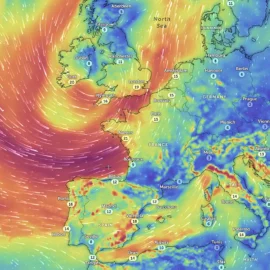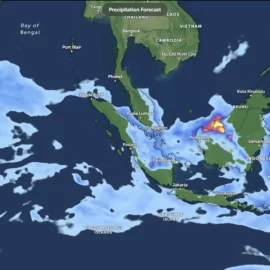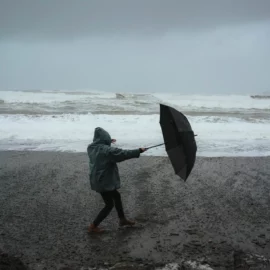
Scientific facts and theories about “climate change” and the impact on flights.
The airlines will never tell you about this. As long as profit in society is more important than human lives, no one will warn about the threats growing in the skies. People who fly frequently and for a long time have begun to notice the difference in flights now and a few years ago. Airplanes are no longer the safest mode of transport, although this is not yet very obvious, but soon everything will change, not for the better. Why is this happening? This question directly relates to climate, so let's figure it out. Let's make it clear right away that this article is a forecast. There is a chance to change the situation, but so far everything is not going according to the best scenario.
Climate change is having a significant impact on our planet, and aviation is no exception.
Here are some of the scientific facts and theories that support the impact of climate change on flights:
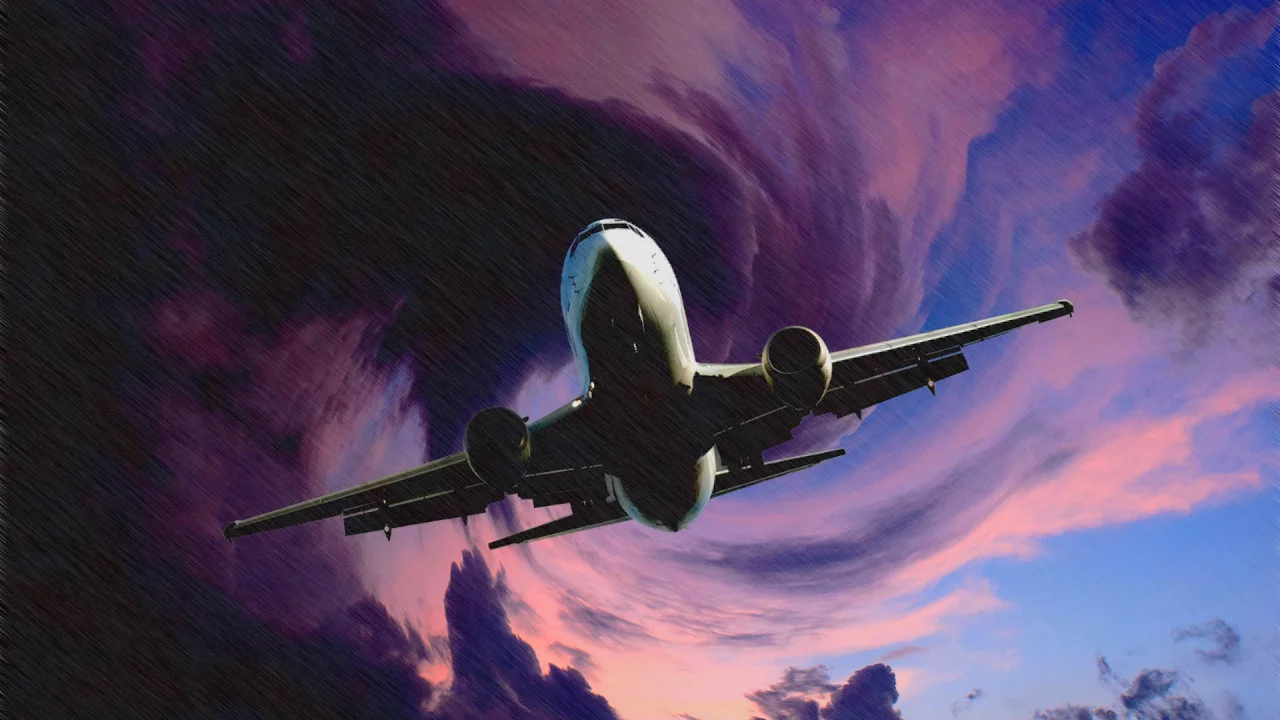
1. Strong winds make piloting difficult:
Climate change is causing stronger winds, which can make flying more turbulent and dangerous.
Strong winds can make it difficult for planes to take off and land and cause flight delays and cancellations.
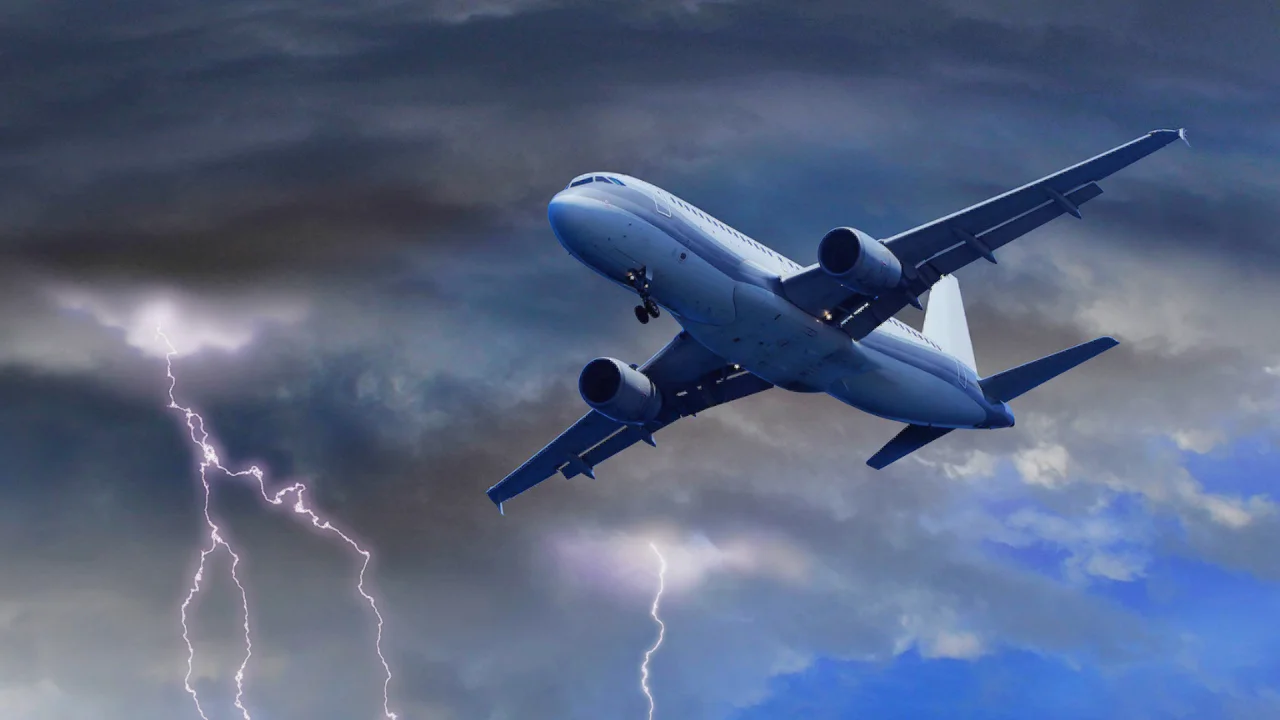
2. A large number of storms:
Climate change is causing an increase in the frequency and intensity of storms such as hurricanes, tornadoes and thunderstorms.
These storms can pose a serious risk to aircraft, causing turbulence, icing and hail.
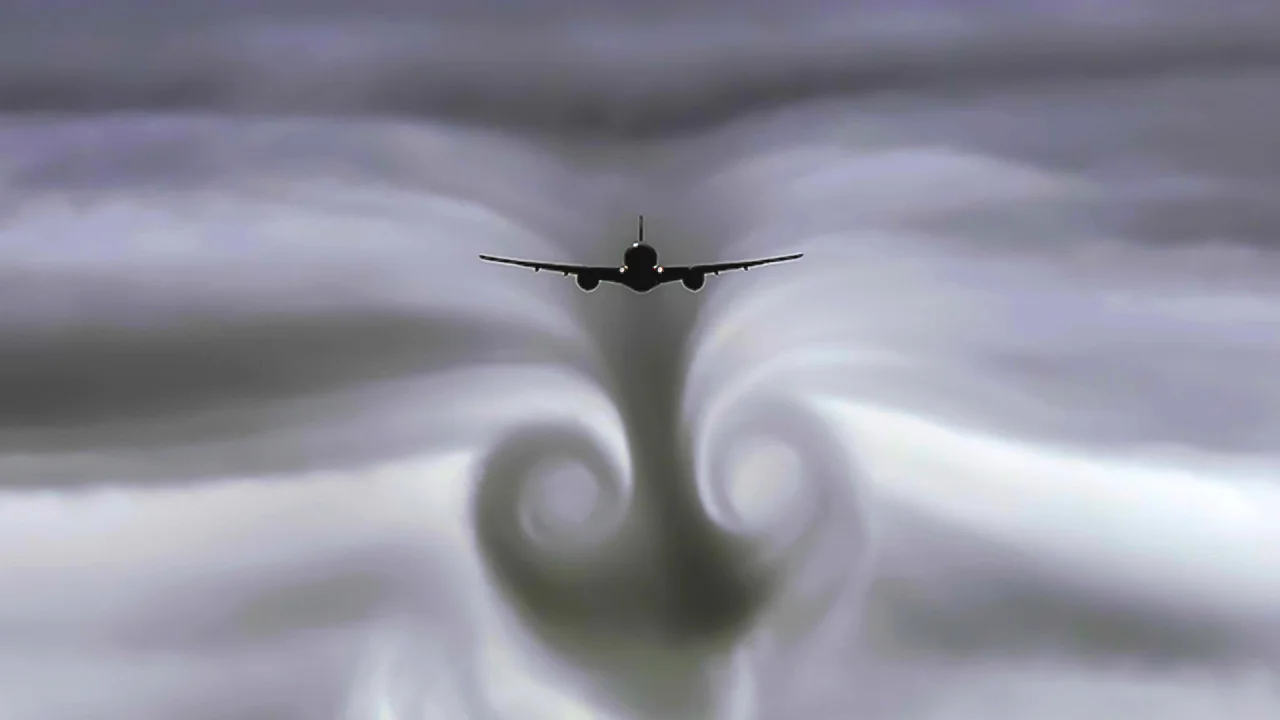
3. Increased turbulence:
Climate change leads to an increase in the frequency and intensity of turbulence.
Turbulence can be unpleasant for passengers and dangerous for aircraft.
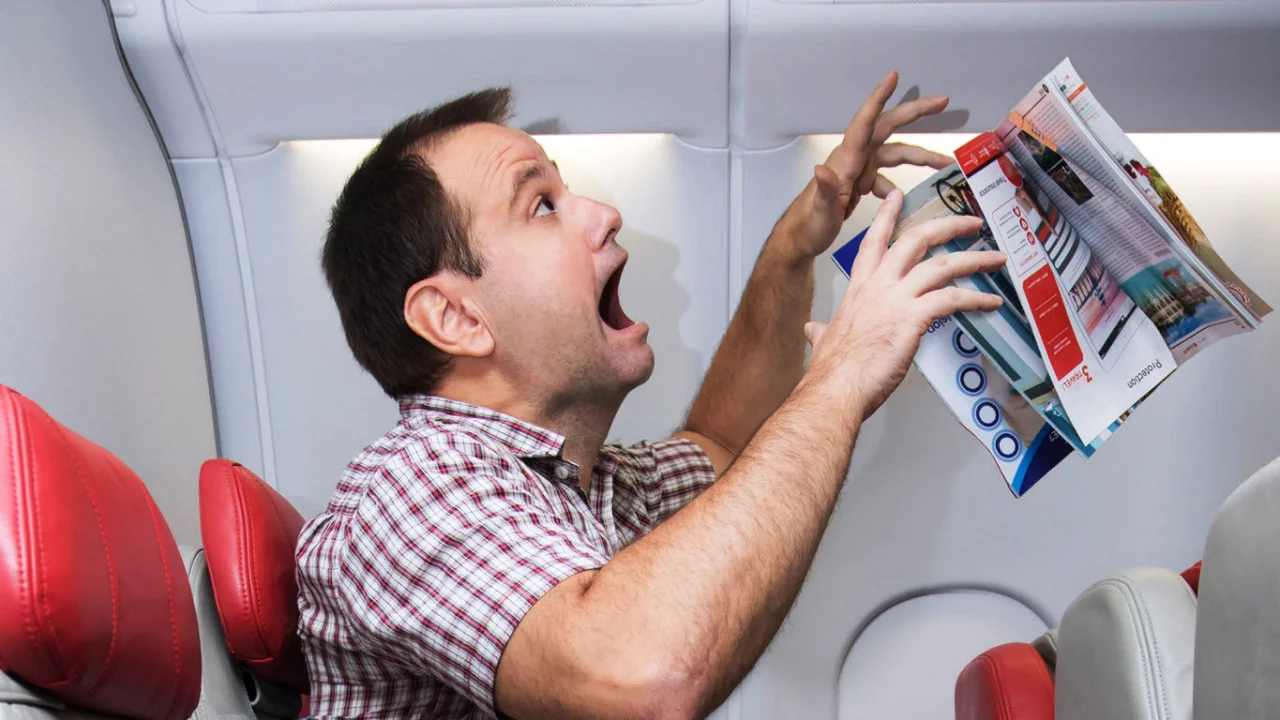
4. Unpredictable air pockets:
Climate change may lead to the formation of more unpredictable air pockets.
Air pockets are areas of turbulence caused by changes in temperature and air pressure.
Unpredictable air pockets can catch pilots and passengers by surprise, which can lead to injury.
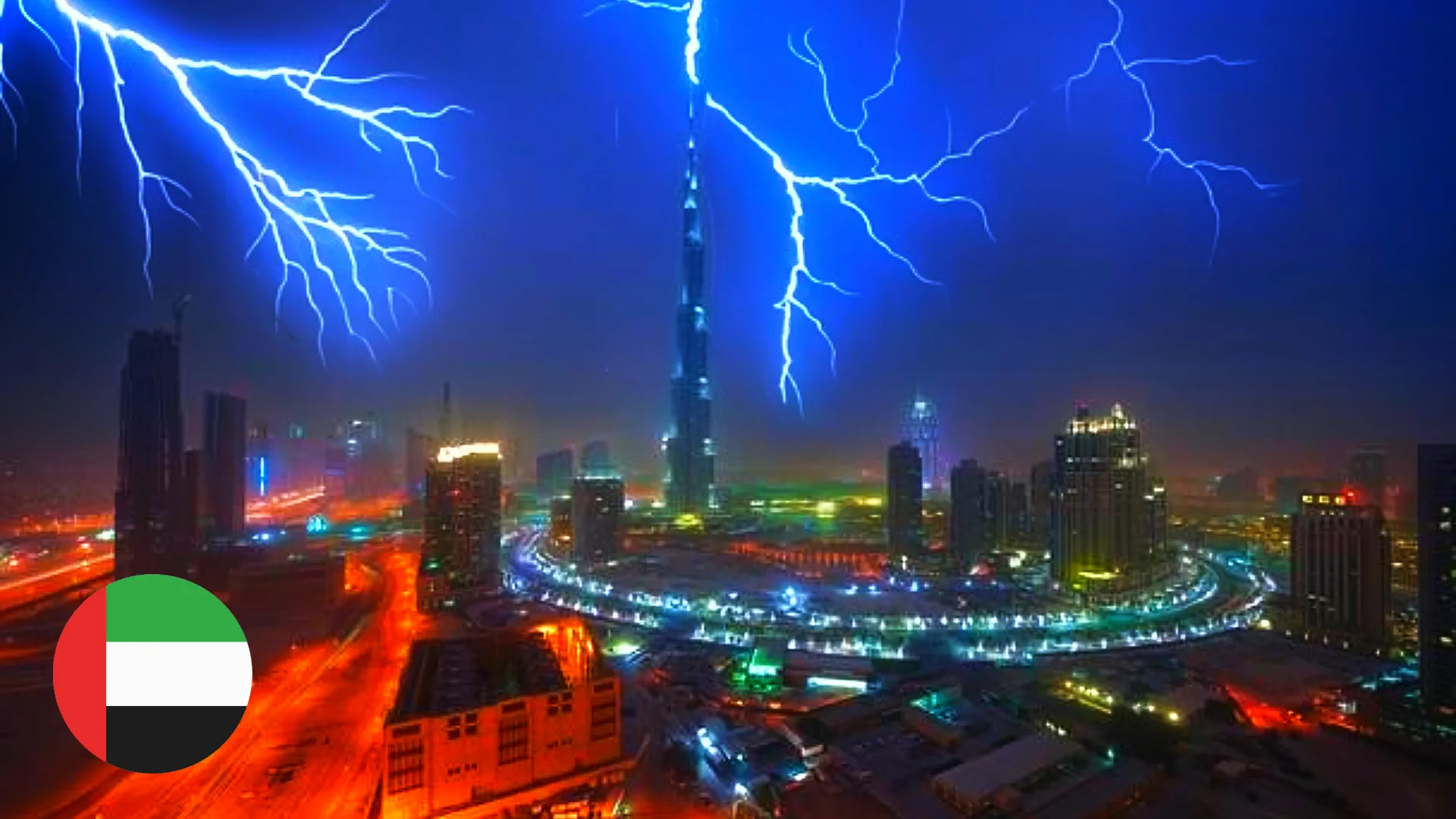
5. Increased number of lightning strikes:
Climate change may lead to an increase in the number of lightning strikes.
Lightning can pose a serious threat to aircraft, causing damage to electronics and even fires.
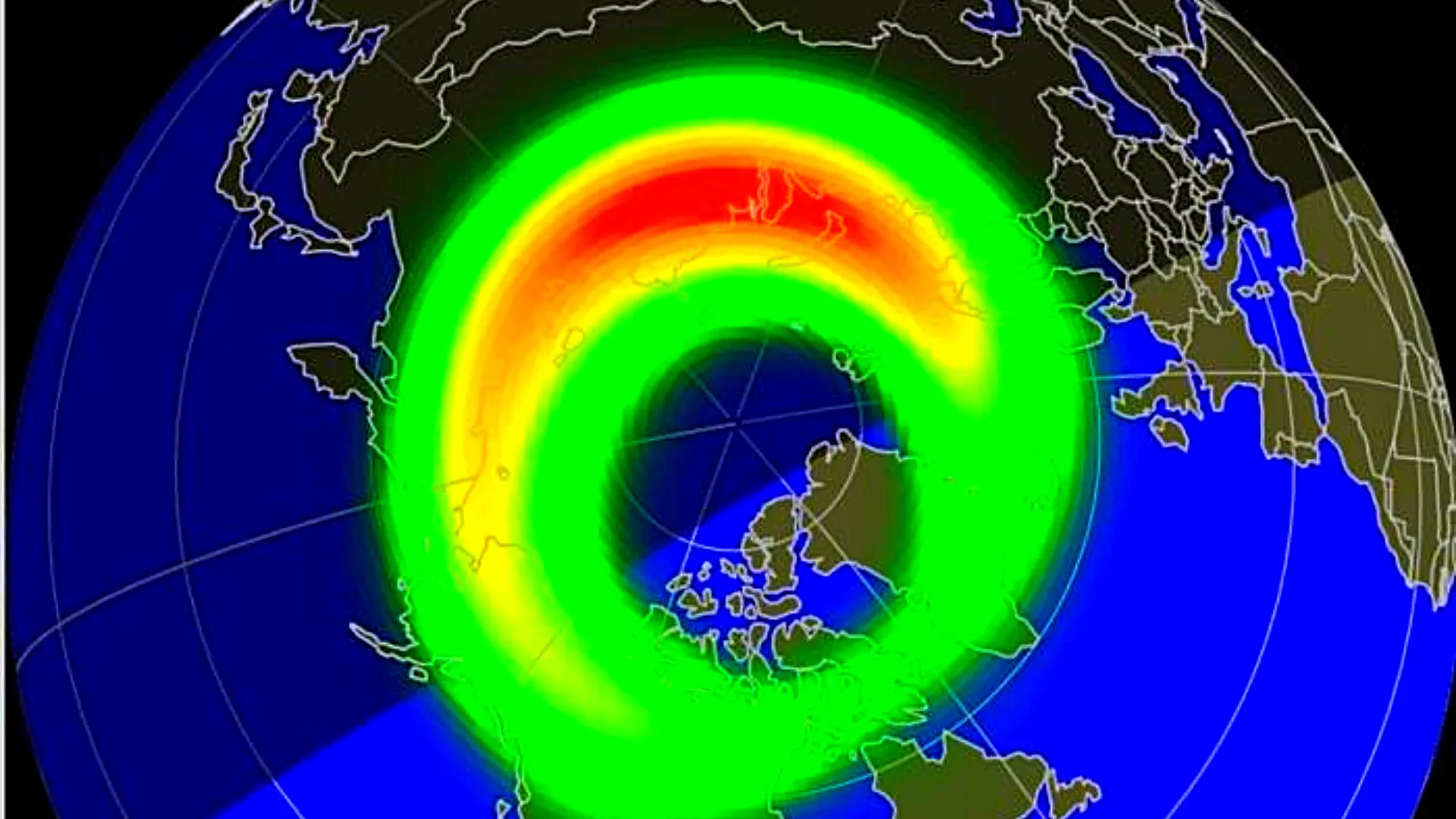
6. Auroras at lower latitudes:
Climate change may lead to the appearance of auroras at lower latitudes.
Auroras are beautiful but rare phenomena caused by the interaction of charged particles from the sun with the Earth's atmosphere.
Climate change could cause auroras to become more common, which could affect aircraft navigation.
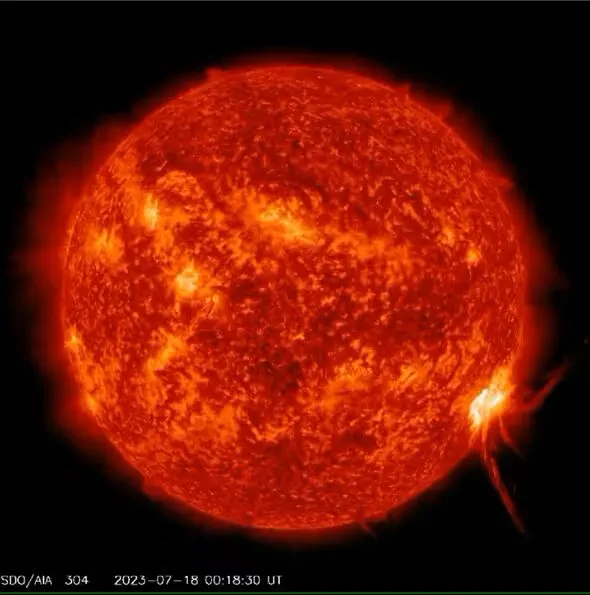
7. Changes in the Earth’s magnetic field due to the sun:
Climate change may lead to changes in the Earth's magnetic field.
The Earth's magnetic field protects us from harmful radiation from the sun. Solar flares and the level of magnetic storms increase during the period of peak solar activity . According to the solar cycle, peak solar activity will occur earlier than expected.
Changes in the magnetic field can make aircraft instruments vulnerable to this radiation, which can pose a health hazard to passengers and crew.
It is important to note that these are just some of the scientific facts and theories that support the impact of climate change on flights.
Scientists continue to study this issue, and understanding of the impact of climate change on aviation will only improve over time.
In addition to these scientific facts, there are a number of theories suggesting that climate change could have an even more serious impact on flights.
For example, some scientists believe that climate change could lead to new flight routes as some regions become too dangerous to fly.
It's important to note that these theories have not yet been confirmed, and more research is needed to understand their potential impact.
Despite the uncertainty, it is clear that climate change is already having an impact on aviation and that this impact is likely to increase in the future.
The aviation industry is taking steps to mitigate the impact of climate change, such as developing more fuel-efficient aircraft and using alternative fuel sources.
However, it is important that we are all aware of the potential risks climate change poses to flying and that we can do everything we can to reduce those risks.
Founder and chief forecaster of the Pogodnik service. He has many years of experience in the meteorological service. He is the author of numerous scientific publications and popular articles about the weather.

